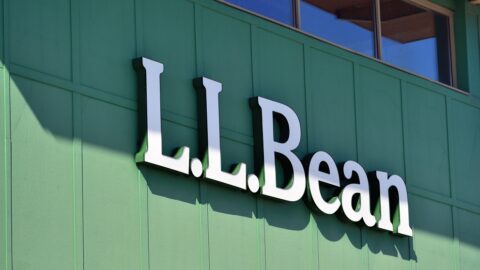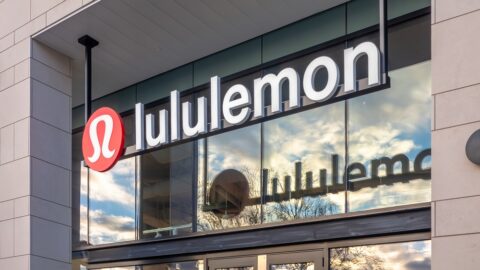Walmart has been in the midst of a price war on two fronts — in general merchandise against retail giants Amazon and Target, and in grocery against Kroger, Aldi and new entrant Lidl. But for a company that has put so much effort into integrating online and in-store channels, Walmart is taking an unorthodox approach to drive shoppers to the store: raising the prices of select items offered on Walmart.com.
The higher prices are mainly on grocery and household products, marking an unusual direction for a retailer that has long been known for offering low prices across all channels. In some cases, product listings on the site even show an “online” and “in the store” price so shoppers can see the immediate comparison. Walmart also is asking suppliers to sell more of their merchandise in bulk — instead of single boxes — to increase order sizes and make them more profitable, according to a report from The Wall Street Journal.
Walmart’s decision also appears to be aimed at bolstering its in-store pickup service, which in itself has discounts attached. The retailer seems to be giving shoppers a tradeoff between saving money and convenience. In a retail environment where both those factors are vital to today’s consumer experience, it can be dangerous to provide visual evidence that they have to choose between the two.
“Providing a cheaper price or a discount for picking up an online order in-store makes sense — after all, it is cheaper for Walmart to fulfill in this way and it gets the potential benefit of incremental sales when the customer collects,” said Neil Saunders, Managing Director at GlobalData Retail, in a RetailWire discussion. “However, simply elevating online prices over store prices doesn’t seem sensible. It will create confusion and resentment, adds complexity and does not allow Walmart to compete as effectively against the might of Amazon.”
On average, Walmart’s prices were just 3% higher than Amazon’s across 13 categories, according to a 2017 Profitero pricing study of identical products. Three years ago, the same study indicated that Walmart’s pricing difference was 9% on average, clearly showing that the company has closed a gap. In 2017, Walmart products were priced lower than Amazon in beauty (the one category where it was cheaper than Amazon), but prices also came close in sports and outdoors, and baby products.












